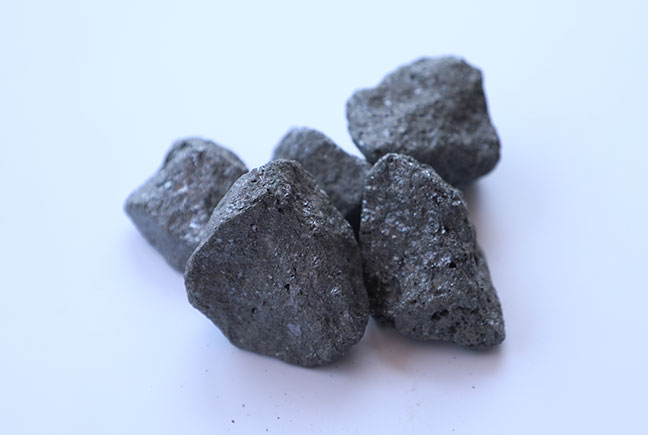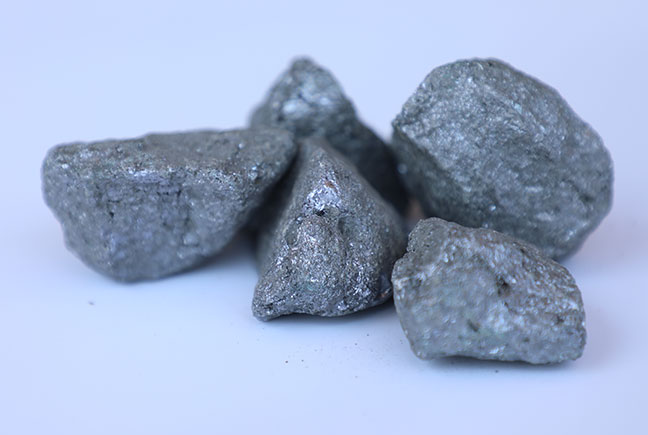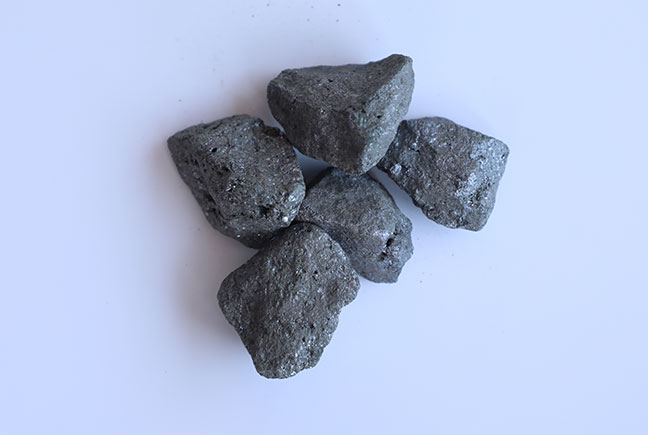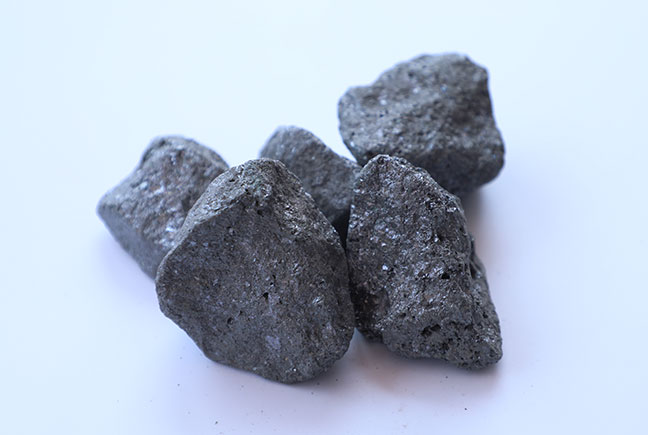





Silicon-carbon alloy is a new type of alloy used for converters. It can replace ferrosilicon, silicon carbide and recarburizer to reduce the amount of deoxidizer and is used in deoxidation alloying process in converters with stable effect. The chemical composition, mechanical properties and internal quality of steel made in this way are better than those of steel made in traditional way. It can enhance the quality of molten steel, improve product quality and performance, reduce the amount of alloy added, lower steelmaking costs, and increase economic benefits.
Easy ways to get the answers you need.Send Email
Silicon-carbon alloy is a new type of alloy used for converters. It can replace ferrosilicon, silicon carbide and recarburizer to reduce the amount of deoxidizer and is used in deoxidation alloying process in converters with stable effect. The chemical composition, mechanical properties and internal quality of steel made in this way are better than those of steel made in traditional way. It can enhance the quality of molten steel, improve product quality and performance, reduce the amount of alloy added, lower steelmaking costs, and increase economic benefits.
|
Name |
Chemical composition (%) |
|||
|
Si |
C |
P |
S |
|
|
≥ |
≤ |
|||
|
SiC-1 |
65-72 |
7.0 |
0.05 |
0.05 |
|
SiC-2 |
55 |
15 |
0.05 |
0.05 |
|
SiC-3 |
65 |
15 |
0.05 |
0.05 |
|
SiC-4 |
68 |
18 |
0.05 |
0.05 |
|
Particle size |
The content and particle size can be adjusted subject to customer requirements |
|||
|
Packaging |
One ton per bag, or packaged according to customer requirements |
|||
Si-C alloy is a new type of alloy used for converters, generally called silicon-carbon alloy or high-carbon silicon. It can replace ferrosilicon, silicon carbide and recarburizer to reduce the amount of deoxidizer and is used in deoxidation alloying process in converters with stable effect. The chemical composition, mechanical properties and internal quality of steel made in this way are better than those of steel made in traditional way. It can enhance the quality of molten steel, improve product quality and performance, reduce the amount of alloy added, lower steelmaking costs, and increase economic benefits.
If you have any questions, please fill in the following information, we will reply you as soon as possible